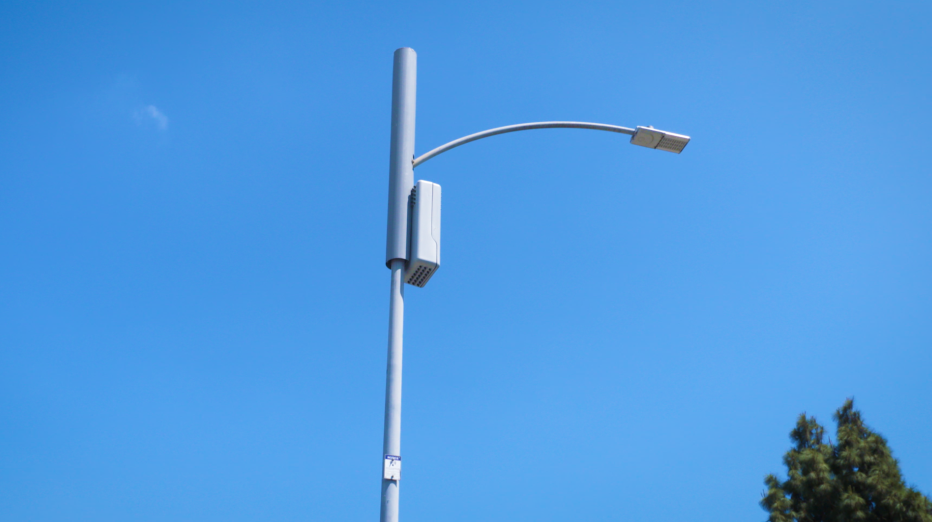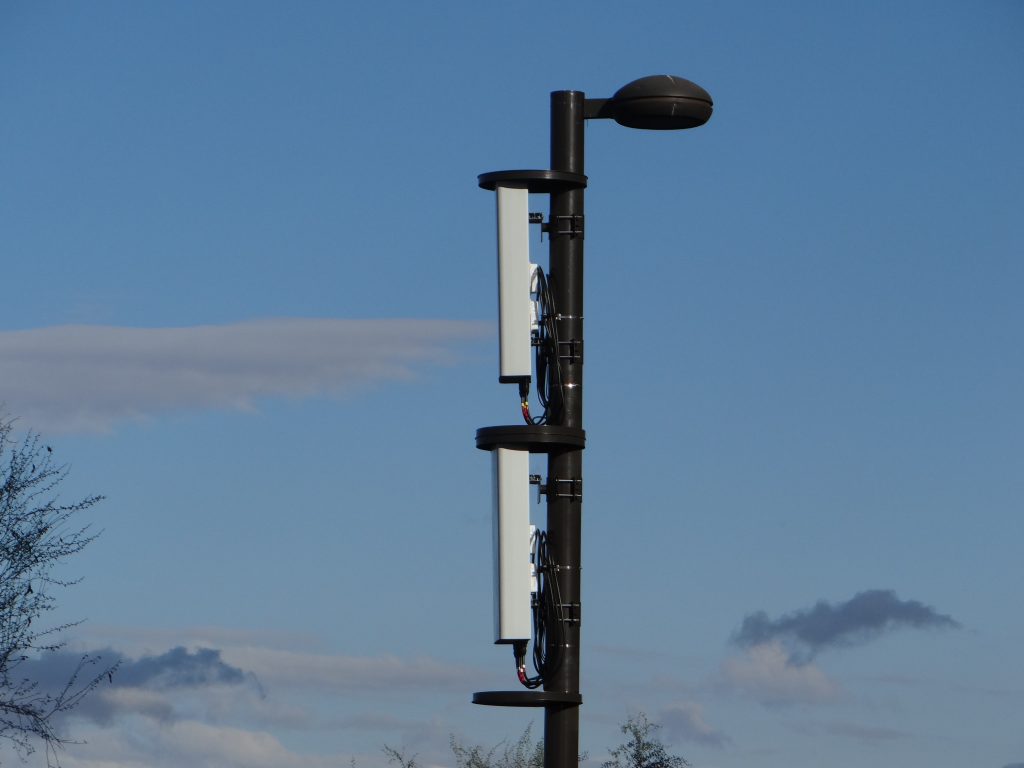Lavallette may become the regional “ground zero” in the ongoing fight between municipalities, health advocates and telecommunications companies, following a decision Monday night to reject Verizon Wireless’ application to place seven “small cell” nodes capable of carrying the company’s fifth-generation wireless services.
In two instances, the council raised the stakes a step higher by going against the recommendation of the borough’s own planning board that two of the seven towers be conditionally approved.
“I find that the accuracy of the information in the applications is subject to question and I find that some information is missing,” said Councilwoman Joanne Filippone, pointing out that several of the addresses where small cell nodes – which resemble smaller versions of current wireless towers and can carry ultra high-speed data – were simply made up.
“For a lot of these, they came up with addresses out of the air,” said Borough Administrator Robert Brice, agreeing with Filippone.
Verizon Wireless had proposed to build the towers at 5 Liggett Avenue, 145 Princeton Avenue, 72 Princeton Avenue, 45 New York Avenue, 103 Brown Avenue and 1 Kerr Avenue. Several of those addresses do not exist on the Ocean County tax list, Shorebeat confirmed.
The node system is being proposed by Verizon and other wireless providers across the country. Effectively, a network of small towers called nodes would replace one or two traditional towers. The new towers would be placed on top of existing utility poles or on new monopoles. The signals they would output would be capable of carrying enough data to provide internet service, television broadcasts and telephone service wirelessly, posing a significant threat to cable operators. The FCC last year strictly limited the degree to which municipal governments could regulate the installation of small cell networks, but have been ordered by Congress to review the policy. Lavallette adopted numerous regulations based upon the FCC documentation on the matter.
In rejecting Verizon’s seven applications – all of which required its own vote – the council, with the assistance of Borough Attorney Eric Bernstein, resolved that Verizon’s proposed height of the small cell towers – 38 feet – violates the ordinance that was adopted earlier this year. The governing body also decided that Verizon’s application “provides no information on the finish or the color of camouflaging” the devices.
Additionally, the council ruled that the application did not specify, in detail, how the nodes would specifically perform and be maintained in a coastal area. The planning board recommended five of the seven applications be rejected outright and two be approved on the condition that Verizon provides information required under the borough code. The council, however, rejected all of the applications.
“The Verizon people came here and thought they were going to take over our sleepy little town,” said Marlene Chamberlain, a vocal opponent of 5G networks. “They are having success in stadiums, they are having success in small towns like Hoboken but they’re finding their signals aren’t penetrating through buildings. Please just say no, just like all the towns in Silicon Valley. They don’t want it either and they know why.”
Opponents have cited aesthetic issues with the towers, but have also raised concerns over the radio frequency emissions that are put out by the nodes and whether they pose any public health threat. People on both sides of the issue have battled over the limited science available on either side, with the last significant article produced being a New York Times feature titled “The 5G Health Hazard That Isn’t.”
No representative from Verizon was on hand for Monday’s meeting. Mayor Walter LaCicero, on advice from Bernstein, specifically opened up the floor to anyone present from the telecom company, and no hands were raised to speak.
No one at Verizon Wireless was available to comment Monday night on the Lavallette decision, and if the company may take legal action to oppose the council’s rejection of its application.

Advertisement

Police, Fire & Courts
Police Investigating Possible Shots Fired in Seaside Heights

Police, Fire & Courts
Cops: Juvenile Arrested After 118mph Joy Ride in Seaside Heights, Toms River Kills 2

Seaside Heights & Seaside Park
Seaside Heights Mourns Passing of Boardwalk Legend, Still Working Into His 90s










